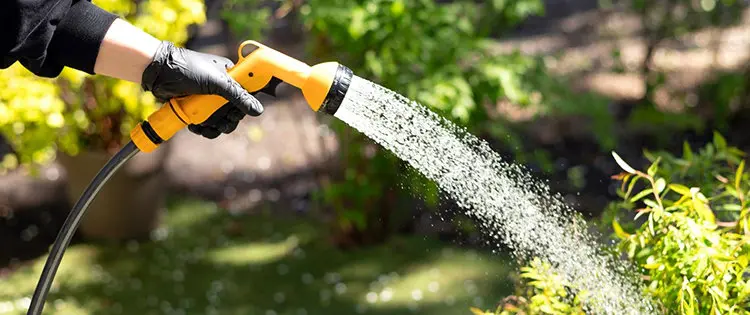Summer is here, and I have been religiously watering my vegetable, fruit, and herb gardens.
Some of you might be wondering how much water these plants need and when is it best to water them to have the optimal health and success of your plants. This article will explain the watering techniques for seedlings, established vegetable plants, in-ground beds, and water containers. It will talk about the best times to water.
Hopefully, these tips will help maximize your watering efficiency and you will have a healthy harvest this summer and for many years to come!
Under or Overwatering Seedlings
Newly planted and young seedlings need a steady supply of moisture as their roots are being developed.
It is best to water the seedbeds in the morning and then again at night if a dry crust forms on the soil. It’s important to help prevent the germinating seeds from drying out and dying. However, you must be careful not to overwater and allow the soil to get too soggy. Too much water can lead to disease.
For example, a fungus can kill young seedlings or the roots can rot. The secret is to maintain a moist soil (not wet) until the plants have healthy root systems.
Prevention: Water long enough to ensure the roots are getting water.
Related: How To Harvest Seeds From Plants You Are Already Growing
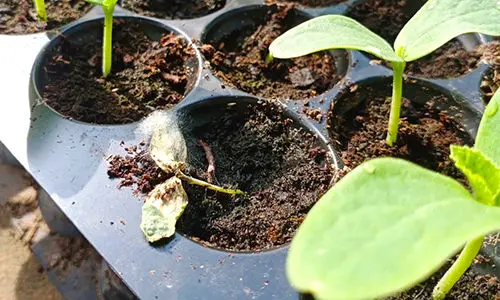
Not Frequently Watering a Vegetable Garden
Unlike seedlings, established plants do not need to be watered daily. In fact, watering them too often may promote shallow root growth which leads to the plants drying out when the soil dries out, especially on sunny hot days.
It is best to deep soak the vegetables two to three times weekly so the roots are watered beyond the top few inches. Make sure to factor in any rainfall to avoid overwatering as well as hot and dry temperatures where you may need to water more frequently.
Prevention: Water the vegetables two-three times weekly and several inches deep.
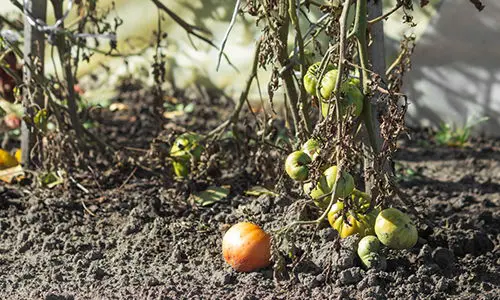
Not Adjusting to Different Vegetables, Fruits, and Herbs
Different plants have different watering needs. Shallow-rooted plants (e.g., lettuce) need to be watered more often than deep-rooted plants like tomatoes.
Prevention: Adjust the amounts of water you need to supply to your plants based on root systems.
Not Using a Rain Gauge
You can keep track of the amount of rain your plants have received using a rain gauge. Most vegetable plants that are grown inground need about an inch of water weekly. Remember that sandy soil dries more quickly than heavy clay soil. And container gardens and raised beds will need more water – see #4.
Prevention: Use a rain gauge to do just that: gauge the rain so you can adjust the amount of water needed.
Related: Rainwater Tank That Irrigates A Small Herb Garden
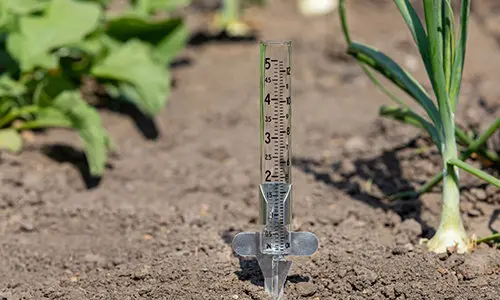
Watering During the Hottest Time of the Day
I know that the best time to water the garden is in the morning. This way, leaves that may get wet when watering have time to dry before nighttime and there will be less chance of the water evaporating before it reaches the root systems.
If you wait to water in the heat of the day, the water will evaporate faster and less water will reach the roots of the plants.
Nighttime may look like an appealing time to water, but dropping/cooling temperatures can lead to the spread of some foliar diseases and an increase in pests. If you choose to water at night, try not to wet the leaves of the plants.
Prevention: Water in the morning.
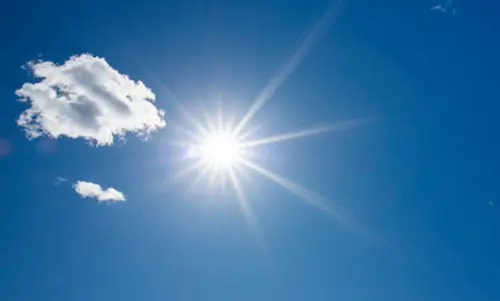
Underwatering Container Gardens and Raised Beds
Since the soil mixture used in containers and raised beds by design drains more quickly than that of inground beds and the soil is above ground (as the temperatures rise throughout the day, the soil above ground also gets warmer), the vegetables, fruits, and herbs grown in the containers and raised beds need more water.
The sun increases evaporation, too. Stick a moisture meter in the containers and beds regularly or use your fingers. Simply, test a couple of inches into the soil. Is it dry? Then you need to water. Without a sufficient amount of water, plants will start to wilt and their growth will be stunted.
Prevention: Measure for dryness regularly and water accordingly.
Related: 10 Off-Grid Water Systems You Should Have On Your Property
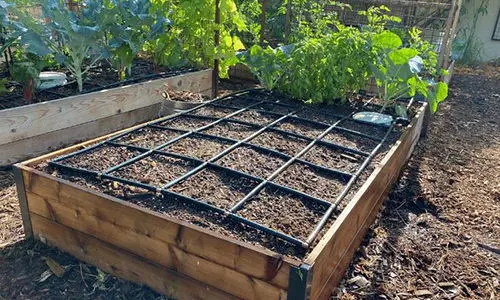
Watering the Leaves
When you water the leaves, it may help spread some plant diseases. You should try to water only the soil surface as plants get their moisture through their roots and avoid wetting the leaves.
Consider using a watering wand, a soaker hose, or a drip irrigation system to primarily wet the soil and provide a more even distribution of water. In the long run, it will be a time saver. Sprinklers lead to water waste and an increase in fungal diseases for your plants.
Prevention: Avoid watering the leaves as much as possible. Use a tool to provide even distribution of water and to help water the soil and avoid the leaves.
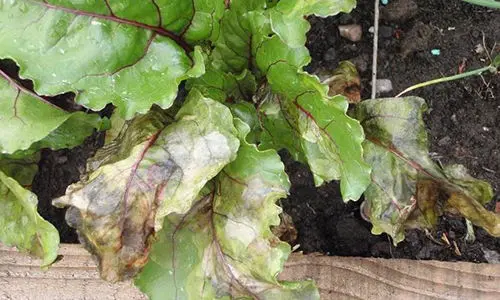
Not Knowing Your Soil Type
Different soil types have different moisture retention rates which, in turn, require different amounts of water. My garden has sandy soil so it drains quickly and then it needs to be watered more frequently than clay soil which holds moisture for a longer time.
Prevention: Adjust watering for soil type.
Fertilizing Before Watering
If you fertilize before watering your garden, the fertilizers will wash away. This leaves little benefit to your plants.
Water first, then after a few hours you can apply the fertilizer. This way, the fertilizer has time to be absorbed in the roots.
Prevention: Fertilize at the right time.
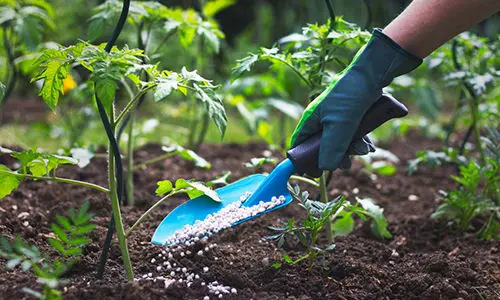
Not Using Mulch
To help keep the soil moisture consistent and ensure healthy plants, mulching your garden beds is your answer. When selecting your mulch, pick something that breaks down slowly and also a mulch that won’t prevent or hinder the water flow or drainage.
Prevention: Use the right mulch.
Checking Your Equipment Regularly
It’s important to check your irrigation system and hoses regularly. Small leaks decrease the water pressure for an even distribution of water and waste precious waste resources.
Prevention: Keep your equipment in tip-top shape.
With summertime in full swing, it’s necessary to know how to water your garden correctly.
By avoiding these 11 common mistakes, you can have healthy plants and enjoy a bountiful harvest.
You may also like:
 How To Save Every Drop Of Water On Your Property
How To Save Every Drop Of Water On Your Property
Arizona Farmer Accidentally Discovers Trick To Turn Air Into Water (Video)
10 Medicinal Plants You Can Find On Your Homestead
How to Adjust the pH in Soil and Water for Abundant Harvests

